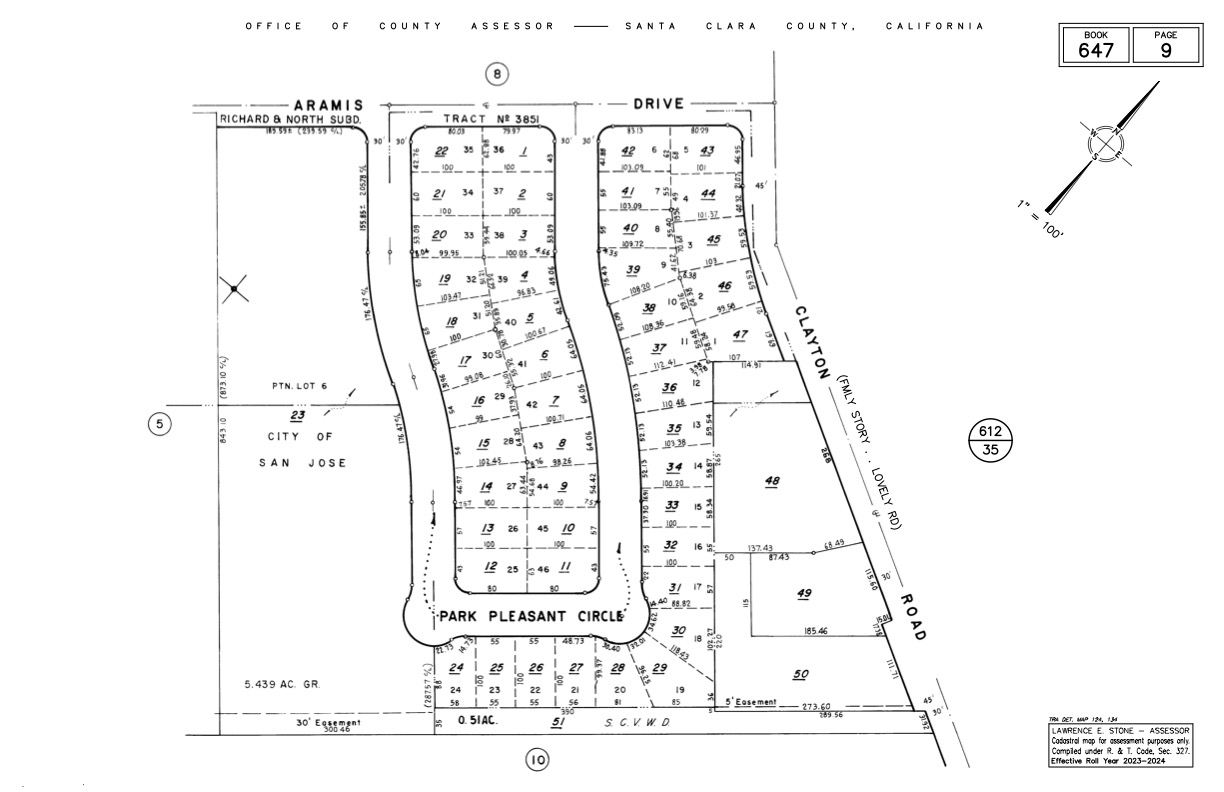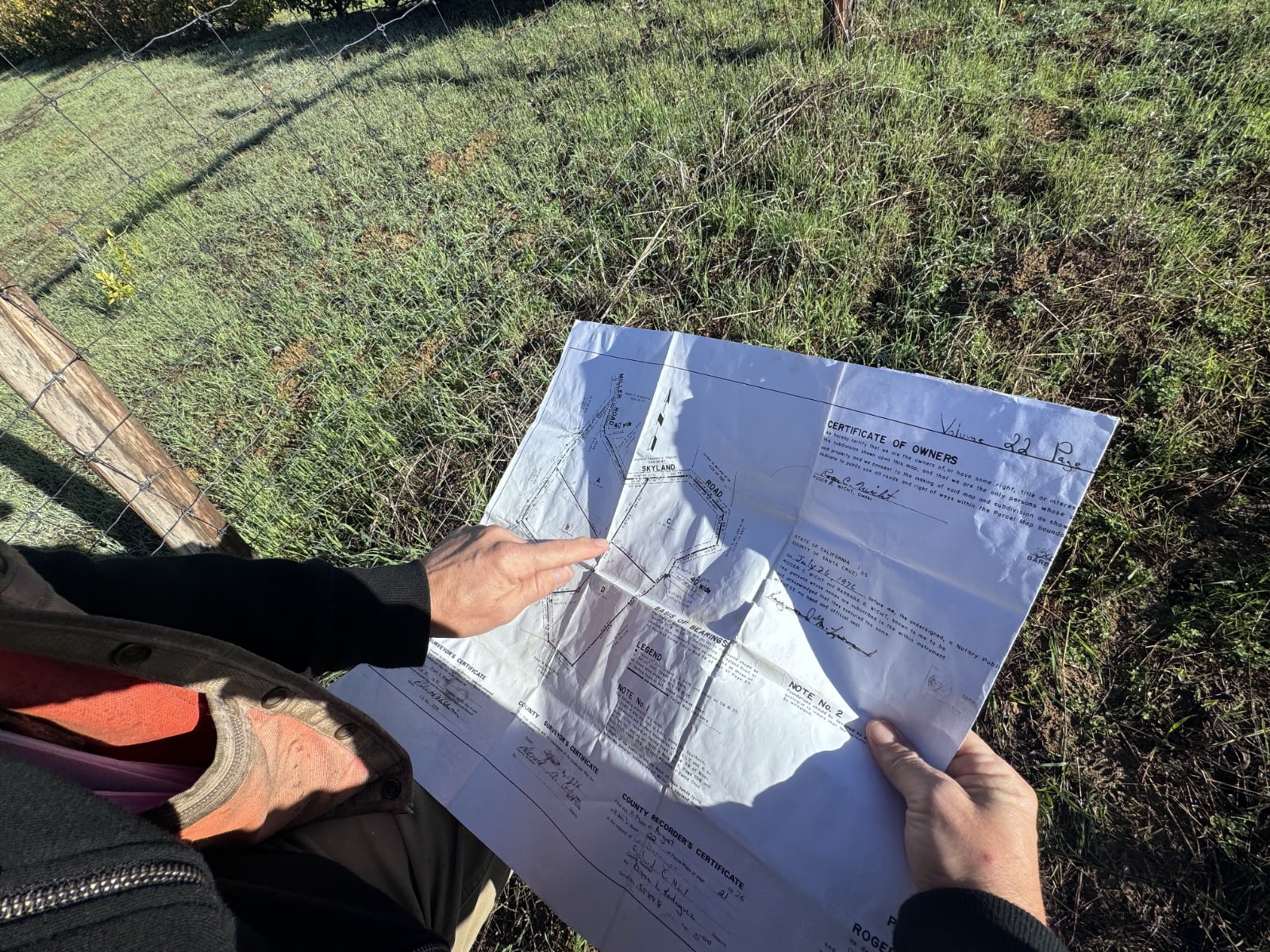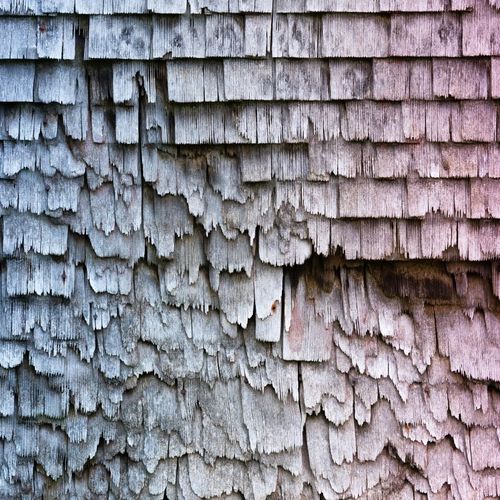As an informed home buyer or seller in the Bay Area, understanding the role and significance of property surveys in real estate transactions is pivotal. This article aims to provide a comprehensive guide on property surveys when buying or selling a property in the Bay Area. Keep reading to learn all about the standard of practice when it comes to surveys, and why you may want to consider having a property surveyed.
Introduction to Property Surveys
A property survey is a crucial process that delineates your property lines, unfolding the land, structures, and features which comprise a piece of real estate. A survey map resembles a sketch drawn from an aerial perspective, featuring precise dimensions, angles, and measurements. Property surveys are not required by law (or even custom) for selling a house in the Bay Area, but they can serve as a beneficial visual aid for potential homebuyers, clearing any confusion over boundary lines or easements.
While a survey map can be very helpful, in many instances a buyer or seller will be more interested in seeing the actual property lines and corners staked out on the ground. Marking the property in this way is a crucial task that can only be reliably performed by licensed surveyors.
Property Surveys: Important for Buyers and Sellers in the Bay Area
Both buyers and sellers can benefit significantly from property surveys. For sellers, having an updated boundary survey can help market their property effectively, especially for properties that do not have fenced or other barriers that would clearly show where the property begins and ends. Buyers, on the other hand, will often order a survey to be absolutely certain what they are getting when they buy a property. While roads, fences, and other natural barriers may appear to be the property lines, you might be surprised how often that isn’t actually true. Getting a survey done is the only way a buyer can be absolutely sure where the property lines lie.
The Purpose of Property Surveys
While property surveys are not required to sell a house, they offer a host of benefits. They bring transparency to home purchases, highlighting any potential issues that may impact the transaction or the property’s value. Property surveys can reveal:
- Acreage discrepancies
- Unique property hazards
- Boundary confirmation needs
- Easements in the deed
- Undefined lot issues
- Property additions
Types of Property Surveys
The type of survey you need may vary depending on the property’s complexity and your specific requirements. The common types include:
- Boundary Surveys: These surveys define your property boundaries and display the position of your structures concerning these boundaries.
- Easements and Right-of-Ways: a survey can show you where easements and rights-of-way are on the property so that you are aware of these crucial set-asides that will impact your use and enjoyment of the property.
- FEMA Elevation Certificates: These surveys are essential if your property lies in a flood zone and you need to secure flood insurance.
Assessor Map vs. Survey Map
Every county tax assessor throughout the Bay Area (and indeed, throughout the United States) will keep assessor maps which provide basic information as to the shape and dimensions of a particular parcel. These assessor maps are relatively crude compared to a full-blown survey map. The assessor map is used by the assessor’s office to help determine the value at which a property should be assessed, but cannot be reliably used for any other purpose.
You will typically find a link to a property’s assessor map in the preliminary title report you receive when buying or selling a home in the Bay Area. While it may look like a survey map, and was undoubtedly created from a survey map, it isn’t the same thing and can’t be treated as such.

Santa Clara County Assessor Map
Ways to Identify Property Lines or Corners without a Survey
Many times when you are out visiting a property, you will wonder where the property lines are. Sometimes it is easy to tell, such as when you are in a city and all the lots are fenced. While fences are no guarantee of the exact position of property lines, they are often quite accurate, or close enough for practical purposes. But sometimes a property is not fully fenced, or not even fenced at all, and you may be looking for other clues as to where the property boundaries lie.
It turns out that often times you will find that utility or power poles are either set along property lines or at property corners. I have found that even when a power pole is not set at the exact property corner, it is often times very close. Also, it is quite common that trees are planted at property corners or along the property line. This is especially likely to be true when you can see there is a line or row of trees that does not appear to be naturally formed.
Another great way to get a good idea of the property boundaries is to use an app on your smartphone. Many real estate apps will show you your current position as a blinking dot and show the property lines that surround you on whatever parcel you’re standing on. One such app that will do this is the Compass app, available for iOS and Android. These apps are not precise, because they rely on assessor maps, but often times can be quite helpful when on site and you are trying to determine where the property lines are, at least approximately.
Costs Associated with Property Surveys
The cost of a property survey depends on the property’s location, its size, recency of other surveys in the area, and the level of detail required in the survey. Although prices can vary depending on a number of factors, property surveys generally range between $400 and $10,000. Often times a full survey of the property is not required – perhaps you just want to identify one property line or even just a property corner, but other times you will want to survey a large parcel with a high level of detail, and this may cost considerably more and take much longer to complete.
Who Pays for the Property Survey?
In most cases, the party requesting the survey pays for it, however, like most everything else in real estate, it is negotiable. Typically a seller would only pay for a survey when they perform the survey prior to putting the home on the market. Once the home is on the market, sellers usually do not pay for any additional inspections or reports, including surveys. If a buyer feels that a survey is needed for whatever reason, the expectation is that the buyer would pay for it.
When to Get a Property Survey
If you are selling a home in the Bay Area and the property lines are unclear, you may want to consider having a survey done before you put the home on the market. This is especially true if there is any dispute with a neighbor about where the property line is, exactly. In cases like this, you will for sure want to have a survey done and have the neighbor get on board with the survey process, so that the neighbor does not pop up in the middle of your transaction and dispute a property line, even though it has been professionally surveyed.
If you are buying a home in the Bay Area, you need to understand that the seller has no legal obligation to have the property surveyed before they put the home on the market. The seller can point out where they believe the property line is, however they may be mistaken or the point or line they indicate may be generally correct but not precisely accurate – and that might matter. If the precise property lines and corners are important to you, you should plan on having to pay to have the property surveyed during your inspection period. You can try to negotiate with the seller to have them pay for some or all of the survey, but this will depend on the seller’s motivation to sell the property to you.
The Process of Obtaining a Property Survey
In California, recorded property surveys are public record. Your local county surveyor’s office should have a database of surveys which you can access, either online or if you go down in person to ask. However, the survey maps they have may be old or out of date. Also, having a survey map is one thing but seeing the actual property lines on the ground is another. You will often need a surveyor to come back out to physically mark the property corners and lines so that you can visually see where they are on the ground when you are at the property.
To obtain a survey, you might first want to ask your Bay Area real estate agent for a recommendation. Another great source to find reputable surveyors is to look on Yelp, or you can even try NextDoor for recommendations. Once you find a good surveyor, give them a call and ask about their availability to do a survey. You may find that a lot of surveyors will be booked out weeks or in some cases even months in advance. You may have to call around until you find someone who can come out within 1-2 weeks.
When you talk to a surveyor, they will probably ask for the property address and perhaps the assessor’s parcel number for the property you want surveyed, so be sure to have that handy. They will also ask for scope of work, so be sure you have a good idea of what exactly you want surveyed. It may be helpful to have photographs available so they can get a good idea of the topography before you call, especially if you’re trying to get them to give you a “ballpark” idea of what the work might cost before you take the next steps.
The Relevance of FEMA Elevation Certificates
If the property resides in a flood zone, a FEMA elevation certificate might be necessary. It determines the property’s potential flood risks based on its location and elevation. These elevation certificates are used to prove that specific improvements (e.g. a house, outbuildings, bridges, and the like) are above the flood plain, which may help you reduce or even eliminate the need for flood insurance.
The Risks of Buying Without a Survey
Buying a property without a survey can lead to unforeseen problems, such as boundary disputes, land ownership issues, and potential legal complications. Therefore, it’s generally advisable to obtain a property survey before closing the deal when there is any question about where the property lines are. If you are buying a home in an urban or even suburban setting, and the lot is a simple rectangle, the likelihood of there being any significant property line issues is relatively small. However, when buying a rural property with a larger lot and possibly an irregularly sized parcel, obtaining a survey prior to closing the sale is more important.
Conclusion
In conclusion, property surveys can be an essential component of a buyer’s due diligence when purchasing a home in the Bay Area. They provide valuable insights into the property’s boundaries and potential issues, allowing both buyers and sellers to make informed decisions. While the cost of a survey is an additional expense, the peace of mind and security it offers can make it a worthwhile investment.
Silicon Valley Luxury Homes for Sale
2
3
4
5
6
7
8
9
10
11
12
13
14
15
16
17
18
19
20
21
22
23
24
25




